Normal | Standard Deviation
Binomial Poisson Normal Charts Histograms Hypothesis Testing
Central Limit Theorem Central Tendency Standard Deviation Process Capability RMSD Chi Error Types
Standard deviation (σ) is a measure of the amount of variation or dispersion of a set of values and is calculated as the square-root of variance. See Variance.
A low standard deviation indicates that the values tend to be close to the mean of the set, while a high standard deviation indicates that the values are spread out over a wider range.
Standard deviation is described as a number of z-values from the mean, from -3 to +3. If the mean is also the desired value, then values outside of this range are considered beyond control limits due to special causes. Any value within the 3-/+ range is considered acceptable and a deviation from the mean by common causes.
Each z-value represents a range of values of the statistic, whether that is the height of a person, weight of a dog or maximum speed of a car. Thus, the broader the spead of statistical values, the larger the value each z-value represents.

Simple Explanation
Standard deviation is the amount of variability in a data set from the mean (x). In this circumstance, the mean does not necessarily mean the desired value. Thus, a greater standard deviation denotes less control over the output of the product.
Calculator
To find the size of the z-value.
| Sample | Calculation | Decimal Points | |||
|
|
|||||
Range
Highest minus lowest value
104, 98, 90, 85, 104, 104
104 - 85 = 19
Standard Deviation
To find the Standard Deviation of 104, 98, 90, 104, 104
- Find the average (mean) =
100 - How far each item is from mean
(104 - 100)
(98 - 100)
(90 - 100)
(104 - 100)
(104 - 100)
4, -2, -10, 4, 4 -
Take the square of the distance from the mean
(4)2, (-2)2, (-10)2, (4)2, (4)2
16, 4, 100, 16, 16 -
Take the mean of these squares
(16+4+100+16+16)/5 = 30.4(this is the variance) -
Square root of the variance is the Standard Deviation!
√ 30.4 = 5.51
Sample Standard Deviation
s = √ (Σ(x - x)2) / (n - 1)Population Standard Deviation
σ = √ (Σ(x - x)2) / N
Variance
Variance was already mentioned above in Standard Deviation. Variance is the expectation of the squared deviation of a random variable from its population mean or sample mean. In other words, variance is the difference between what is expected and what is actually accomplished.
Put in yet another perspective, variance is the square of the Standard Deviation.
There are two ways to determine variance and, therefore, two ways to determine Standard Deviation. This depends on whether you are working with a “sample” of the total values or the entire set known as the “population”.
Symbols
s = sample
σ = population
Variance is s2 or σ2
Therefore, variance for sample is
(Σ(x - x)2) / (n - 1)
and for population
(Σ(x - x)2) / N
The formula equates to the following:
- First find the variance by;
- get the mean of all the numbers
x - for each number, minus the mean and then multiply it by itself (power of 2)
Σ</span>(x - x)2 - sum all the values
- divide the sum by the number of values
(Σ</span>(x - x)2) / N
minus 1 from the "number of values" in point d.(n - 1) - get the mean of all the numbers
- Secondly, we find the standard deviation by finding the
square root of the variance.√ (Σ(x - x)2) / N
Errors
Variations, and thus standard deviations, are inevitable occurances even if all values in a given sample or population should be equivelent, since nothing is faultless. Such deviations, when attributed to product manufacturing, may be deemed as errors. Typically, errors are classified as two groups.
Random Errors
A random error is a component of the overall error which may vary in an unpredicatble way. Such errors may occur due to a number of circumstances, such as humidity, temperature or vibration of the manufacturing equipment. When such errors occur, no action should be taken to compensate. However, produce of invalid qualities (special causes) should be discarded as necessary.
Systematic Errors
Systematic errors are variations that have a specific underlying cause that result in a shift of the enitre data set. For instance, if a control chart anticipates the height of screws to be between 5.5 and 5.55cm, but due to debris on the manufacturing device, all screws are 7mm smaller than they should be, resulting in screw heights typically being between 4.8 and 4.85cm. When these errors occur, if the cause of the shift can be determined, then it should be corrected.
Outlying Errors
Occasionally, a value may be plotted beyond the 3 standard deviation limit. If this is a rare occurrance, then it may be deemed an outlyer. If the cause of this error is known, such as incorrect data entry, then the value may be removed. However, if the cause is unknown, it must be kept withiin the larger data set, but must be documented.